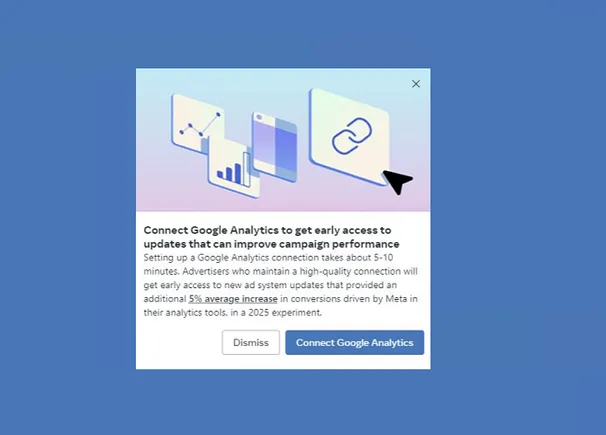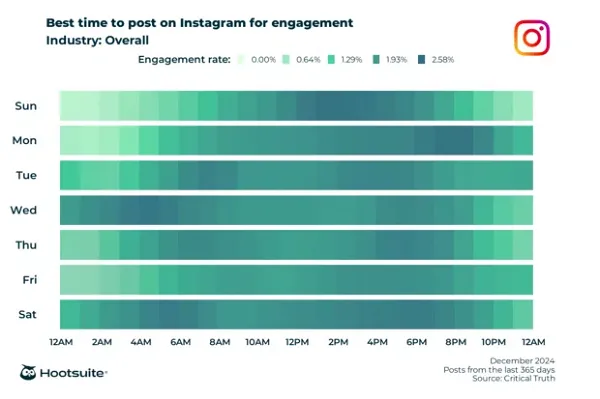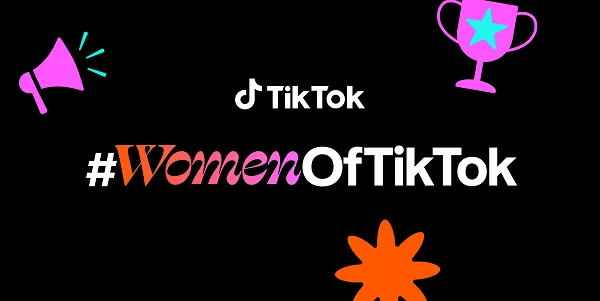Over time, the mobile application sector has become increasingly competitive. Currently, there are millions of apps available on the app store. Entrepreneurs understand that a comprehensive marketing plan is the only way to stand out in today’s app industry. A well-thought-out mobile app marketing approach is essential for success. Such a strategy can only lead to success. And keep you ahead of the game in this competitive environment.
The landing page for your app
A landing page plays a crucial role in mobile marketing techniques on the mobile web and desktop because it allows users to learn about your app. This is a low-cost approach to attracting new users through SEO. Visualizing what customers can expect if they install your app on the landing page is vital. Your landing page should feature links to your software in the App Store and Google Play Store and a clear call to action. Other requirements, such as gameplay trailers for mobile games, will be determined by your app vertical. On the other side, sharing user reviews and accompanying screenshots of your app’s user experience is critical.
It’s best to keep the blog on your website up to date. Another approach to using SEO to find new consumers and reach your target demographic is through social media. Your blog should be strategically disseminated across your social media channels, with analytics used to determine the most helpful content for your overall plan.
Optimization for the App Store
App Store Optimization (ASO) is the process of enhancing your app’s exposure in both the Google Play Store and the App Store. Even if your marketing brings many potential users to the Software Store, your app must be well-presented for them to install it. ASO can also be used to entice organic people to sign up for free.
ASO, like SEO, involves the discovery and usage of keywords that will help your software rank well in the App Store. Localize your app store entry if at all possible. You must also submit screenshots of your app and a video showing in-app usage. You can also utilize secondary app categories to provide users with other options for finding your app.
Social media marketing
The success of your app can be significantly influenced by social media marketing. You may dramatically enhance your traffic by being selective about the material you share on social media and distributing it to qualified prospects via organic and targeted advertising.
However, don’t use all of the available social media channels. Start with the big three (Facebook, Instagram, and Linkedin) and see which ones bring in the most users over time.
Influencer marketing
Influencer marketing is the primary use of social media influencers to reach new consumers and promote your company. This app marketing method is the latest craze, and it’s recently taken the industry by storm. When it comes to determining whether or not to support a business, most customers look for authenticity.
Influencers can assist you in achieving your marketing goals in various ways. You can pay for product placement or provide an influencer ‘freebies’ to share with their audience. A sponsored ad allows you to be more creative, whereas simply offering your products to the right influencer is one of the most cost-effective ways to reach an audience.
Mobile content marketing
The mobile material produced by such a marketing approach (such as articles, white papers, and infographics) can be delivered via company-owned channels such as an official blog or app, social networking platforms, email, gated assets, and native and other kinds of mobile advertising. Mobile content marketing is, in general, a comprehensive strategy for mobile marketing.
To engage mobile users, a multichannel marketing strategy optimizes the conceptual, technological, visual, textual, and campaign-related components. It’s significant because mobile devices are the primary means of accessing information, reading articles, viewing social media, and watching videos for most internet users.
Conclusion
The only way to determine if your marketing approach is working is to set targets and track the improvement in your app store ratings over time. Throughout the user journey’s acquisition, engagement, conversion, and retention stages, there will be countless analytical aspects to keep track of, so measurement should be a continuous process.
Keep an eye on the churn rate, daily active users, session length, time in-app, session interval, and cost per acquisition. Your app’s downloads will explode if you focus your time and resources on high-value strategies.
Create a wide range of material and ensure app reviewers have constant access to it. Remember that your method should be iterative and that continuous optimization is the key to achieving the ideal balance of multiple techniques.







































































